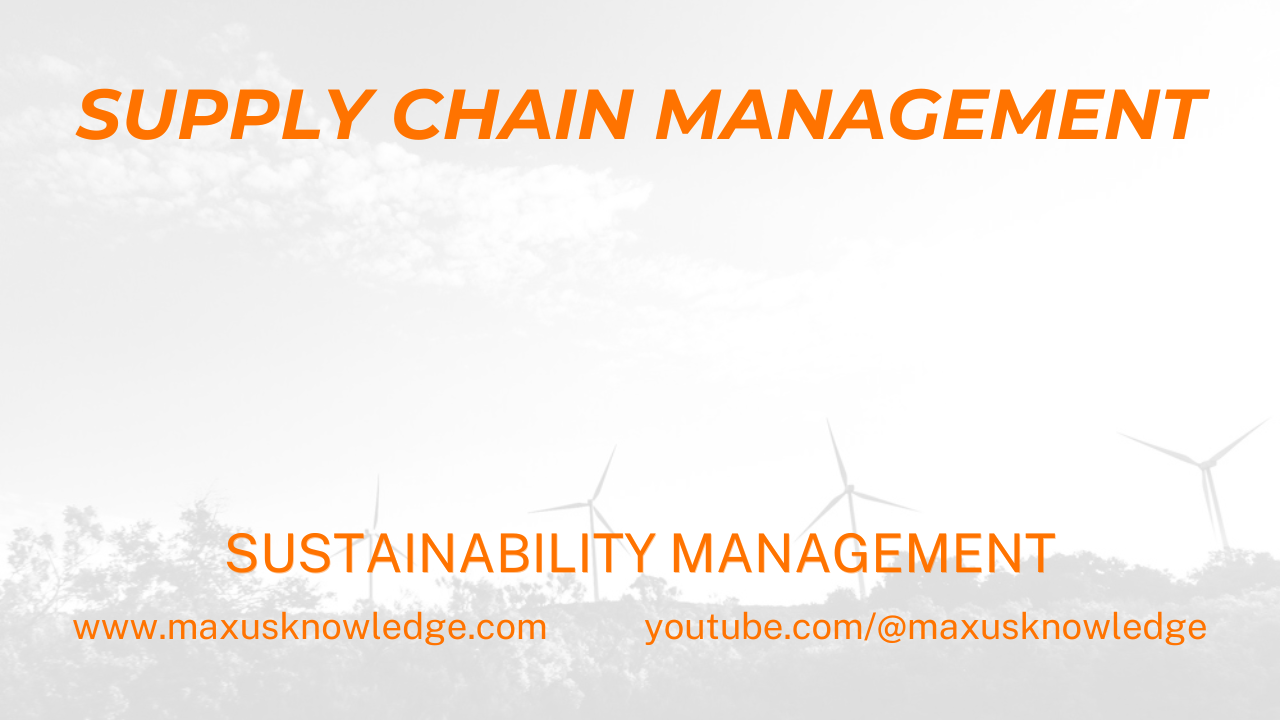Let us understand why sustainability has become such an important requirement in today’s world. In our quest to improve our standard of living and lead a comfortable life, we are continuously engaged in producing new products and technologies. Business organizations are constantly engaged in increasing their profitability and market share. This has led to a growing concern regarding the impact of our businesses on the environment. Let’s understand some of these concerns:
Depletion of natural resources: oil, natural gas, and coal are the key natural resources. The inflow of these natural resources is very limited. It is very difficult to increase the natural resources because it depends on the mix of having the right geology, geography, weather. Now what is more concerning is that, based on the current levels of consumption of these natural resources, they are depleting very quickly. Let’s understand this concept in more detail.
Assume that you have a bucket of water for doing your household chores. The water here represents a natural resource. Now this is the original water level, or the level of natural resources. Let’s say that you now assume that you are single and that your usage of this water is one liter per hour for your regular chores. Now what happens is that you have consumed one liter per hour as you are currently single, and this is the new level of water after you have consumed this, but you have a tap of water at home that also replenishes this at the rate of one liter per hour. So now, you get the same level of water, so you are back to the original level where you started.
Let’s assume another scenario. So this is still your original water level or original natural resource level; however, you are now married and have kids, so your consumption becomes 2 liters per hour. However, the replenishment is still the same. The tap at home still gives you one liter per hour, so what you end up with is a deficit of one liter. So this was the original level after your consumption; however, the replenishment is only one liter, so you end up with a level here, so this was the replenishment.
Now what this means is that deficit = 2-1 = 1 liter per hour, and as you go on, the deficit continues to increase because your consumption is higher than the rate of replenishment, and that’s what we were saying here: that the current level of consumption is depleting the natural resources very quickly. In other words, our consumption rate is faster than the rate at which these natural resources are being produced.
The waste generated from production and service systems: Now, natural resources are made up of carbon, and when we burn them, we emit extra carbon, which adds to the total amount in the atmosphere. The increased level of consumption of natural resources and industrial activity leads to the generation of enormous amounts of toxic industrial and solid waste. This, in turn, is leading to atmospheric pollution and has started threatening our health. So this is the perspective from natural resources, which has made sustainability a key requirement in today’s world.
What are the benefits of sustainability in a business?
It is a general misbelief that making changes to adopt sustainability practices will reduce the profitability of an organization. General research shows that most organizations are getting monetary and non-monetary benefits from sustainability initiatives. So let’s look at some of the benefits of moving organizations to sustainable practices.
- Enhanced brand reputation. Organizations that are increasingly adopting sustainability practices are experiencing an enhanced brand reputation and an improvement in their ESG, which is their economic, social, and governance rating. Sustainability practices are helping organizations gain better operational efficiency. For example, since one of the basic sustainability practices is the reduction of waste, you can imagine that an organization will have to improve their operational practices to achieve this, which in turn helps them improve their economic performance by saving money through reduced waste. Also nowadays, a lot of institutional investors and financial institutions are using the ESG to evaluate the feasibility of investing in an organization.
- Reduced cost of capital: adopting sustainability practices helps lower the cost of capital. Due to the increased importance of sustainability, many banks have structured loans in a manner that allows borrowers to have a lower interest rate on their loans if they improve their sustainability performance.
- Improved efficiency: since one of the key parameters of a sustainable organization is to reduce its carbon emissions, these practices lead to increased efficiency in their products. For example, most engine manufacturing companies for airplanes are targeting reducing their CO2 emissions by making their planes more fuel efficient.
- Reduced costs: many organizations are replacing plastic packaging material with more sustainable options, like fiber-based materials. This is also helping them reduce the packaging cost, and there could be other examples of creating products or changing the way they run their supply chain.
- The next advantage is increased sales. So as awareness of the importance of environmental sustainability increases, consumers are changing their purchase preferences to buy products based on their social, economic, and environmental impact.
- Organizations can also benefit from tax incentives from governments for their sustainability projects. So governments are coming up with more and more tax incentives.
- Increase employee motivation levels. So basically, the employees feel pride, and their motivation levels increase when they are working for organizations, which is contributing to a better environment now.














